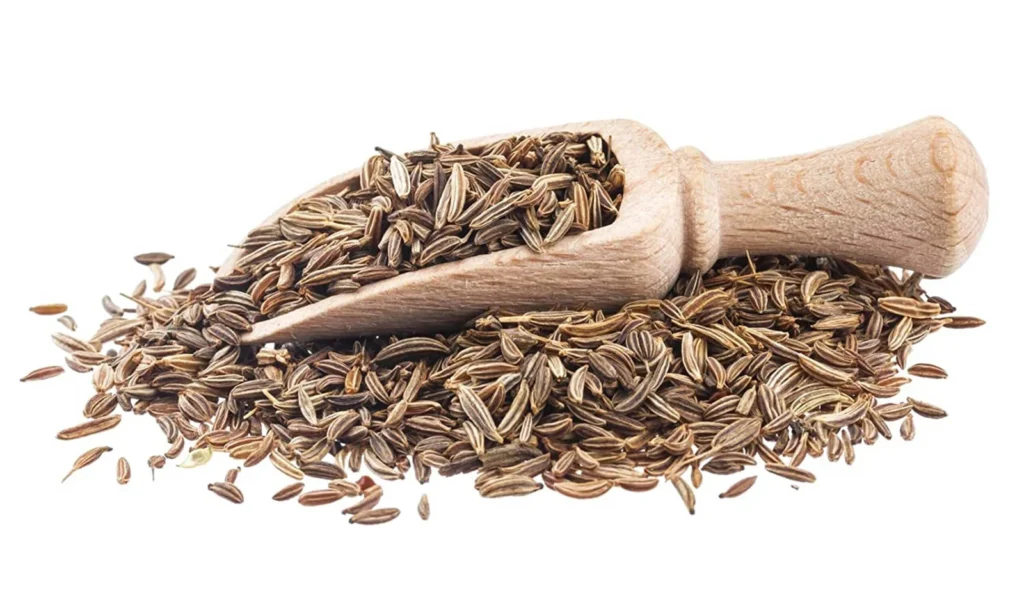
JEERA (CUMIN)
Jeera, also known as cumin, is a staple spice in kitchens around the world, renowned for its distinct earthy flavor and versatile culinary applications. From Indian curries to Middle Eastern stews and Mexican dishes, jeera adds depth and complexity to a wide range of cuisines. In this blog post, we’ll explore the benefits, origins, and culinary uses of jeera (cumin), offering tips and insights on how to make the most of this versatile spice in your cooking.
Origins and History of Jeera:
Jeera has a rich history that dates back thousands of years. It is believed to have originated in the Mediterranean region, where it was used in ancient Egyptian cuisine and medicine. Over time, cumin spread to other parts of the world, including India, where it became a cornerstone of traditional cooking. Today, jeera is cultivated in various regions, including India, Iran, and Turkey, and remains a popular spice in global cuisines.
Nutritional Benefits of Jeera:
In addition to its culinary uses, jeera offers a variety of health benefits. It is rich in antioxidants, which help combat oxidative stress and support overall health. Jeera is also a good source of iron, aiding in the production of hemoglobin and supporting energy levels. Additionally, cumin has been shown to support digestion, boost immunity, and promote healthy skin.
Culinary Uses of Jeera:
Jeera’s distinctive flavor makes it a versatile spice that can be used in a variety of dishes. Here are some culinary applications to inspire you:
Indian Curries and Dishes: Jeera is a key ingredient in Indian cooking, adding depth and warmth to curries, dals, and vegetable dishes. Use whole cumin seeds or ground jeera to season your dishes for an authentic flavor.
Middle Eastern and North African Cuisine: Cumin is a staple in Middle Eastern and North African cuisines, adding a rich, earthy flavor to stews, tagines, and couscous. It pairs well with other spices like coriander, paprika, and turmeric.
Mexican Cuisine: Jeera is an essential spice in Mexican cooking, contributing to the flavor of chili, enchiladas, and taco seasoning. Combine it with chili powder and garlic for a bold and savory taste.
Soups and Stews: Add a pinch of jeera to soups and stews for an extra layer of flavor. It complements hearty ingredients like lentils, beans, and root vegetables.
Rice and Grain Dishes: Jeera enhances the taste of rice and grain dishes, such as biryani or pilaf. Toast cumin seeds before adding them to your rice for a nutty and aromatic touch.
Meat and Seafood: Seasoning meats and seafood with jeera adds a rich, earthy flavor. Combine it with other spices to create rubs or marinades for grilling, roasting, or frying.
Baking and Bread Making: While less common, jeera can also be used in baking, particularly in savory bread recipes. It adds an interesting twist to traditional bread and enhances the overall flavor.
Tips for Using Jeera:
- Toasting Jeera: Toast whole cumin seeds in a dry skillet before using them to bring out their aroma and flavor.
- Fresh Ground Jeera: For maximum flavor, grind whole cumin seeds just before using them in your recipes.
- Storage: Store jeera in an airtight container in a cool, dry place to maintain its freshness and potency.
Conclusion:
Jeera (cumin) is a versatile spice that adds depth and complexity to a variety of dishes. Whether you’re preparing Indian curries, Mexican chili, or Middle Eastern stews, jeera brings a rich, earthy flavor to your cooking. With its numerous culinary uses and health benefits, jeera is a must-have spice in any kitchen. Embrace the possibilities of jeera and experiment with this versatile spice to elevate your meals and delight your taste buds.
